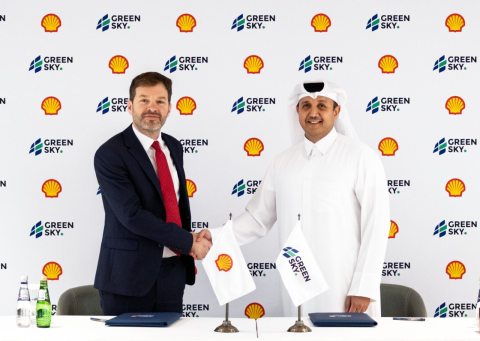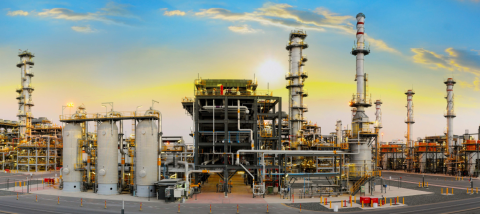Shell released on Thursday its third-quarter profit of $6 billion, surpassing forecasts by 12% as robust liquefied natural gas (LNG) sales offset decline in oil refining and trading results.
The results, along with a reduction in debt and strong cash flow, is likely to bolster investor confidence in CEO Wael Sawan’s strategic efforts to enhance the company’s performance by the end of 2025 as Reuters reported. Sawan’s focus is primarily on the most profitable segments of the business, including oil, gas, and biofuels.
Global refining margins have dropped in recent months due to weaker economic activity and the commissioning of several new refineries in Asia and Africa.
Despite operating five refineries, Shell saw a nearly 70% annual drop in profits for its refining and chemicals division. However, this was offset by a 13% rise in profits from its LNG division, which is the company’s largest business.
Shell reported adjusted earnings of $6.03 billion, far exceeding analysts’ expectations of a $5.36 billion profit, although they were down 3% from a year ago.
The company stated it would buy back a further $3.5 billion of its shares over the next three months, maintaining a similar pace to the previous quarter. Its dividend was unchanged at 34 cents per share.
“We’ve delivered another strong set of results, showing resilience through the cycle and continuing to make significant progress in strengthening our balance sheet,” Chief Financial Officer Sinead Gorman told reporters.
As the world’s top LNG trader, Shell reported sales of super-chilled fuel of 17 million metric tons, compared to 16 million a year ago.
Moreover, Shell’s earnings for the oil and gas production division rose 9% from a year earlier, with production increasing 3% as new fields came on stream.
Shell’s net debt dropped to its lowest since 2015 at $35 billion, while its debt-to-market capitalization ratio declined to 15.7% from 17.3% a year earlier.
Cash flow from operations rose to $14.7 billion in the quarter from $13.5 billion in the previous three months, due to a $2.7 billion capital build.
Shell expects capital spending to be below its guided range of $22-$24 billion for 2024.
Notably, the company aims to cut costs by $2-3 billion between 2023 and the end of 2025. In recent months, it has scaled back renewables and hydrogen operations, retreated from European and Chinese power markets, sold refineries, and cut its oil and gas exploration workforce by 20%, according to Reuters.












